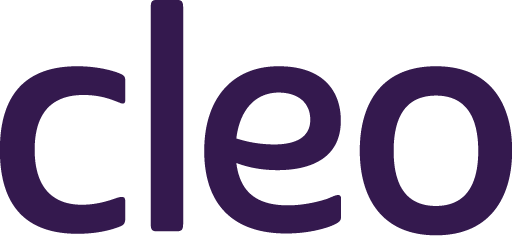As the needs of working caregivers and parents today continue to evolve each year, benefit leaders must stay ahead by evolving the types of support they offer employees. A supportive benefit package not only keeps current employees happy—it is a key factor in attracting new talent, as well.
What may have used to be considered a great benefit package may simply not cut it these days. Here’s a few dispelled myths to help you rethink how benefits can not only support your workforce but impact your bottom line.
Myth #1: Employees don’t care about benefits
This is far from the truth. A comprehensive benefit package can be a significant factor in an employee’s decision to join or stay with an organization. In a study conducted by EBN, nearly 80% of responding employers said that caregiving benefits are vital to efforts to attract and retain employees, and 66% believe these benefits could advance their diversity, equity and inclusion (DEI) goals.
Myth #2: Quality health insurance is the only benefit that matters
While health insurance is certainly an important benefit, employees are looking for a more comprehensive package that includes retirement plans, paid time off, flexible work arrangements, family benefits, and wellness programs. About 80% of workers surveyed by the American Psychological Association say they want to work for an employer that offers mental health support as part of their benefits package.
Myth #3: Employee benefits are not important to younger generations of workers
Truth: Employee benefits are essential to all generations, including millennials. A survey by the Employee Benefit Research Institute found that millennials place a high value on benefits like health insurance, retirement plans, and paid time off. To stay competitive, companies must look at what their competitors are offering in their own benefit packages.
Myth #4: Employee benefits are not important to employee satisfaction.
Truth: Employee benefits are an essential factor in employee satisfaction and retention. A study by HR Executive found that some 80% of respondents would choose a job with benefits even if an identical job offered 30% more salary but no benefits.
Myth #5: Employees don’t utilize their benefits often
Truth: This isn’t on the employee. In fact, It’s important for employers to communicate the value of their benefits package to employees and ensure that they have access to the resources they need to take full advantage of their benefits. By doing so, employers can maximize the value of their benefits package and demonstrate their commitment to their employees’ wellbeing.
Myth #6: Parenting and caregiving is a personal issue, not a workplace issue
Truth: Caregiving responsibilities can have a significant impact on an employee’s ability to work, leading to decreased productivity and increased absenteeism. In fact, a study conducted by EBN showed that unpaid family caregivers are spending upwards of 20 hours a week on caregiving, and those responsibilities will cause one in three to leave the workforce. It’s important for employers to recognize the impact of caregiving and offer support to employees in these roles.
Myth #7: Offering family-forming benefits is enough to support parents
Truth: While family-forming and fertility benefits are important, what happens when parents need support for their child, or for when they become caregivers? Continued support for employees through every stage of life — whether they’re parents and caregivers or not — keeps employees in their roles.
Myth #8: Once benefits are set, you don’t have to update them
Truth: Benefits should be reviewed and updated regularly to ensure they meet the changing needs of employees. Additionally, offering new benefits or updating existing ones can demonstrate that the organization is committed to supporting every type of employee.
Myth #9: You only need your exec team’s approval for benefits
It’s important to look to the recipients of the benefits you offer to learn what’s of highest value to them. By engaging with employees and understanding their unique needs and concerns, benefit leaders can design a benefits package that is tailored to the specific needs of their workforce
Myth #10: Offering support for families and caregivers is too expensive
Truth: While offering support for parents or caregivers may require an investment, the cost of turnover and lost productivity due to caregiving responsibilities can be even higher. According to EBN, it costs an average of 33% of an employee’s salary to replace them. Additionally, offering support for caregivers can improve employee morale and productivity, leading to a more engaged workforce.
Myth #11: Offering certain flexible benefits will lead to increased absenteeism
Truth: On the contrary, offering benefits such as paid time off and flexible work arrangements can actually decrease absenteeism by allowing employees to take time off when they need it, reducing stress and burnout. Flexible time off continues to be one of the most competitive benefits offered by employers for this very reason.
Myth #12: Benefits are one-size-fits-all for all your employees
Truth: The bottom line is that employees have different needs and preferences when it comes to benefits. Offering a variety of options and meeting the very unique needs of each employee goes a long way in keeping them around.
In today’s job market, employees are looking for more than just a paycheck—they want a comprehensive benefits package that supports their wellbeing and the wellbeing of their loved ones. By offering a variety of benefits that support every employee, they are in turn more likely to feel valued, engaged, and satisfied with their jobs, which can lead to increased productivity, reduced turnover, and a competitive edge in the job market.
A strong benefits package is not just a nice-to-have—it’s a must-have for any employer looking to attract and retain top talent.
Learn more about how to bring a strong benefits package to your own workforce.
